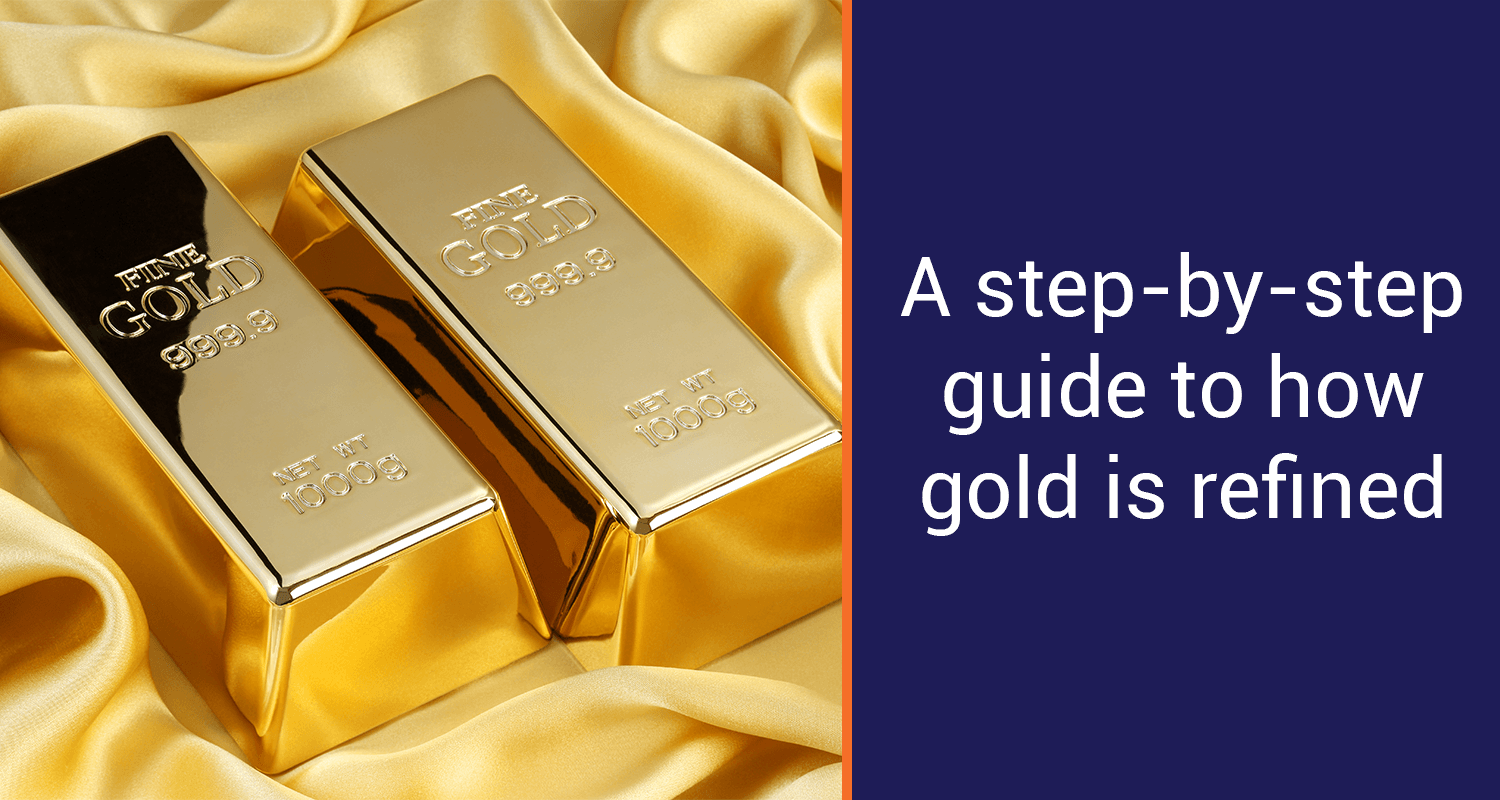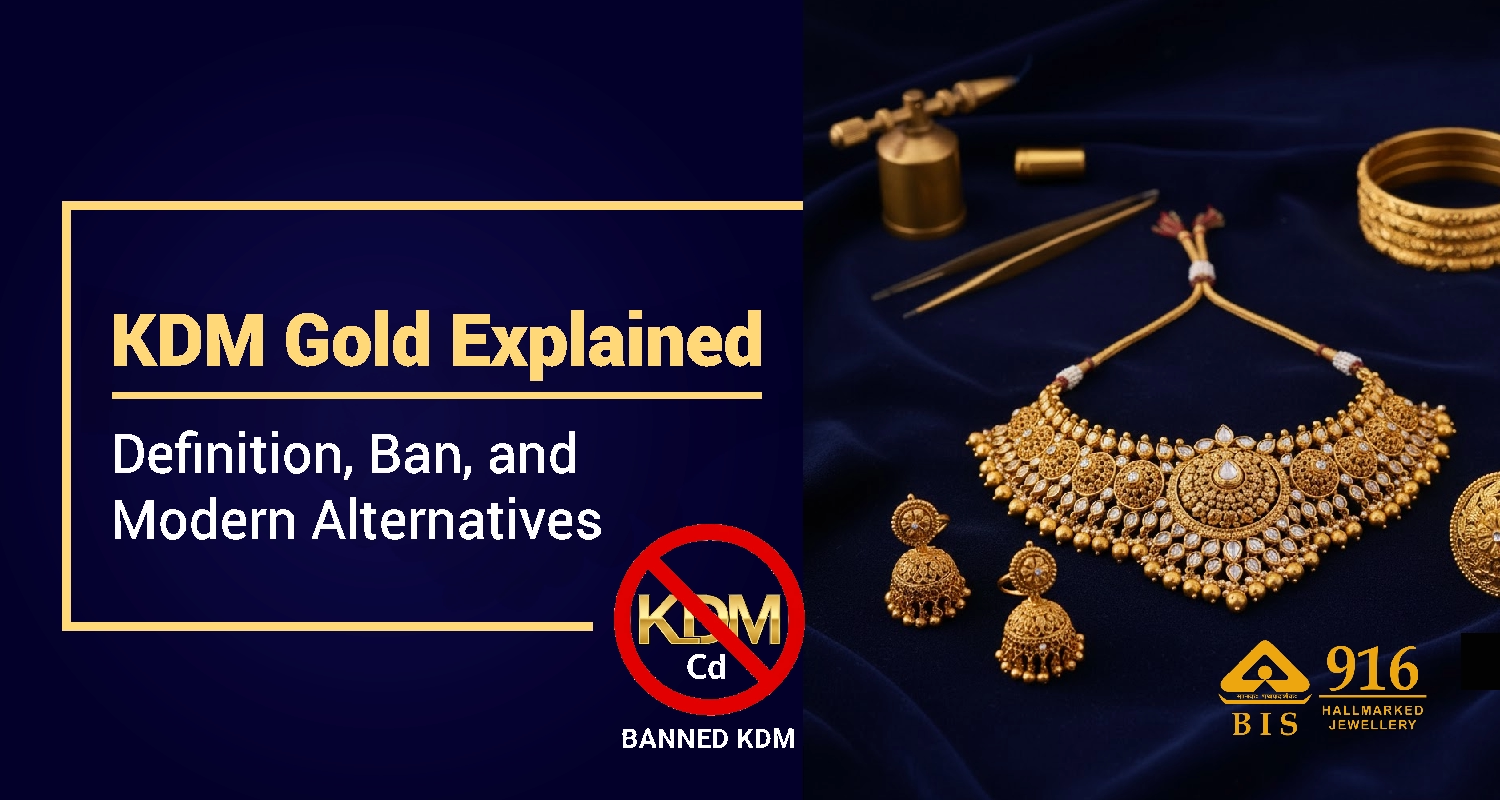How is Gold Refined within 5 Stage Process

Gold refining is an intricate process that converts raw or recycled gold into a more refined form suitable for various uses. Having a grasp of this procedure is important for individuals engaged in the gold sector, ranging from miners to jewelers. In this piece, we'll explore the five phases of metal refinement, from ore to pristine gold, outlined by the Royal Canadian Mint. Furthermore, we’ll delve into the rationale behind the necessity for gold refinement, the techniques utilized for refining recycled gold, and the procedure for refining unprocessed gold ore. By the conclusion, you'll understand the meticulous stages involved in gold refinement and gain an appreciation for the craftsmanship involved in creating the gold items we hold dear. Lets embark on this voyage to unveil the mysteries of gold refinement.
The Five Stages of Metal Refining (gold refining process)
Refining gold is a rigorous process, comprising five distinct stages. Here is the process of gold refining:
Pre-melt
Dore bars containing gold purities between 5% and 95% are melted in a furnace to create a molten gold mixture.
Chlorination
The molten metal is injected with chlorine gas, causing all metals except gold to form a molten chloride slag, which is removed.
Degolding
Adding soda ash to the molten chloride slag leads to the collection of gold particles in a silver-gold alloy at the bottom of the crucible.
Electrolysis
The gold anode is immersed in a hydrochloric acid and gold chloride solution, and an electric current is applied to achieve 9999 purity gold.
Final Pour
The refined gold is cast into bars or granulation gold, ready for further use or sale. Understanding these stages provides insight into the meticulous process of refining gold from its raw form to its purest state.
Why Gold Needs to Be Refined
Gold jewelry isn't always pure; its often blended with other metals, including silver, copper, or platinum, to enhance durability. Refiners must gauge the gold's purity accurately to ascertain its actual value. This is where the karat system comes into play, indicating the percentage of pure gold in an amalgam. For example, 24-carat gold is pure, while 18-carat gold comprises 75% gold and 25% other metals.
Additionally, some gold jewelry boasts a thin gold-plated layer atop another metal. Refiners must segregate gold from other constituents and ascertain its karat purity to refine it effectively. Understanding the rationale behind gold refinement offers insights into the composition and worth of gold items.
How Scrap Gold Is Refined
Scrap gold, encompassing old jewellery, coins, or dental remnants, undergoes a meticulous refining process to extract pure gold. The fire assay process is the most common method for refining scrap gold due to its accuracy and reliability. Here are the steps that are involved in the refining process:
Step 1: The gold item is sold or sent to a gold refiner.
Step 2: The refiner takes a sample of the gold for testing
Step 3: This sample is then mixed with flux and lead or silver in a crucible.
Step 4: The mixture is heated to a high temperature, melting the metals.
Step 5: The gold sinks to the bottom, forming a lead button.
Step 6: The lead button is separated and placed in a cup.
Step 7: The cup is heated, causing the lead to seep, leaving pure gold behind.
Step 8: Analytical methods like ICP-MS or AAS are used to determine the gold's karat purity.
Step 9: The purified gold is fashioned into bars for storage or trade.
How Raw Gold Is Found and Refined
Raw gold extraction commences with the quest for gold deposits. Geologists employ specialized maps and geological surveys to pinpoint potential gold-rich zones. Once identified, assessments such as geochemistry and geophysics are conducted to corroborate the existence of gold.
Drilling samples are obtained to scrutinize the gold content and quality. Based on these findings, engineers determine the most apt mining technique and develop infrastructure, which encompasses erecting roads, processing facilities, and storage units.
Upon completing the requisite infrastructure, further samples are obtained to evaluate the metallurgical attributes of the gold deposits. Once the site is prepared, raw gold is procured via crushing and processing. Off-site refining culminates the process, ensuring the gold is purified to industry standards before it is molded into bars or alternative configurations for commercial applications.
Conclusion
Gold refining is an exacting procedure that converts raw materials into valuable assets. Whether recycled gold from discarded jewellery or unprocessed gold ore from the earth, every stage in the refining journey is vital to producing premium-quality gold products. Refineries play a pivotal role in ensuring the genuineness and worth of gold, from evaluating its purity to segregating impurities and shaping it into usable forms.
Furthermore, ethical mining practices and environmental stewardship are essential in conserving natural landscapes and mitigating the ecological repercussions of gold extraction. By rehabilitating depleted mines and reinstating them to their natural condition, we can safeguard the environment for posterity.
Ultimately, the allure of gold jewellery, coins, and ornamental pieces epitomizes the intricate process and meticulous artistry of refining gold. Dependable professionals uphold the integrity of gold refinement, guaranteeing that each gold piece gleams with purity and elegance.
Frequently Asked Questions
In ancient times, a variety of methods were used to refine gold. The most popular ones included:
- Panning: Washing gold-bearing sand or gravel to separate the heavier gold particles.
- Amalgamation: Using mercury to extract gold from ore, followed by heating to remove the mercury.
- Fire Assay: A process involving heating gold with lead or silver to separate impurities.
The Romans employed a method called cupellation, where gold-silver alloy was heated in a porous cupel. The lead impurities were absorbed into the cupel, leaving behind pure gold.
Egyptians used a combination of panning, amalgamation, and fire assay techniques to refine gold. They also developed methods to separate gold from silver using salt.
The Bible mentions the refining of gold through fire, likely referring to a process similar to fire assay. This technique was used to purify gold and remove impurities.
Disclaimer : The information in this blog is for general purposes only and may change without notice. It does not constitute legal, tax, or financial advice. Readers should seek professional guidance and make decisions at their own discretion. IIFL Finance is not liable for any reliance on this content. Read more



